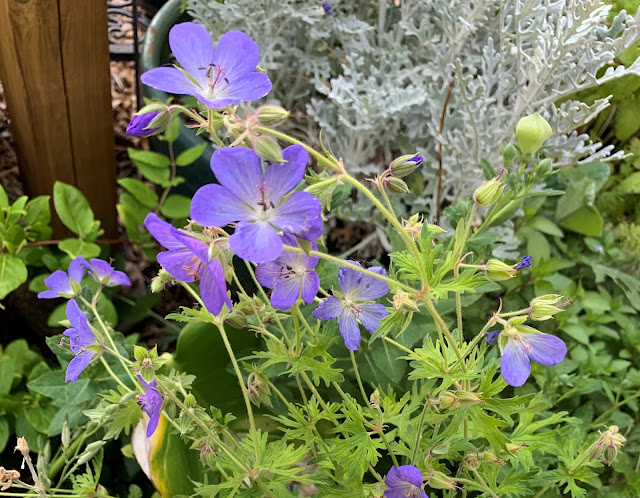Green to Red but Not Green to Yellow? – Final Harvest Questions

Southwest Yard & Garden By Marisa Thompson Yellow bell peppers picked before the first frost, when still green. Will they continue to ripen and turn yellow? Photo credit Argen Duncan. Questions: I still have so many green fruit ripening on my tomato plants. Should I pull up the entire plants by the root and hang them upside down in the garage to finish ripening? Before the first frost in my area, I went ahead and picked my yellow bell peppers while they were still green. Will they turn yellow if I keep them on a brightly lit windowsill? - Gardeners in Albuquerque & Tucumcari Answers: The good thing about tomatoes is that they are classified as climacteric fruit, meaning they continue to ripen after being harvested, as long as they are mature. As I’ve explained in other articles, “Mature fruits are those with seeds that have fully de...

